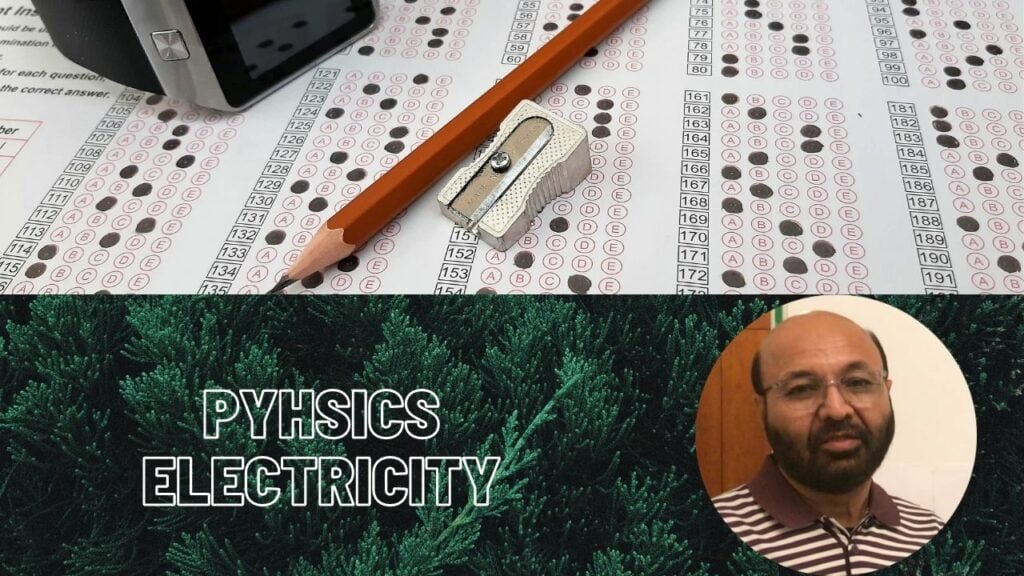
Electricity
Metals are good conductor of electricity. They differ in electron (negatively charged particle) arrangement- few metals carry loosely bound electrons in their outermost shell. These electrons are free to move about within the metal and they are called conduction electrons. A battery push (called voltage that can be generated by means of chemical reaction, radiant energy and influence of magnetism on conductors) can start these conduction electrons to move in one direction through metal and electric current flows. The electric current is due to the flow of electric charge at the rate of one coulomb per second.
I = Q/t
Copper wire connected with a battery
Therefore, electric current is the flow of electric charge through any cross-sectional area of conductor. It is a convention that current flows from positive to negative terminal of a battery. Whereas electric charge, due to its negative charge, is attracted towards positive terminal of a battery. In other words, electric current flow opposite to the direction of flow of conventional current.
The current flows through a conductor is directly proportional to the potential difference across its ends; provided the physical state of the conductor remains constant. This is called Ohm’s law. I ? V
This is very similar case when you open water tap in toilet you observe moderate flow of water through it. Instead, if you turn on electric water pump you find a heavy flow of water with much higher pressure. Means when you increase pressure through an electric pump more water flow through the tap. This is exactly the case with electric current and potential difference-higher the potential difference across the wires the greater the electric current in the circuit.